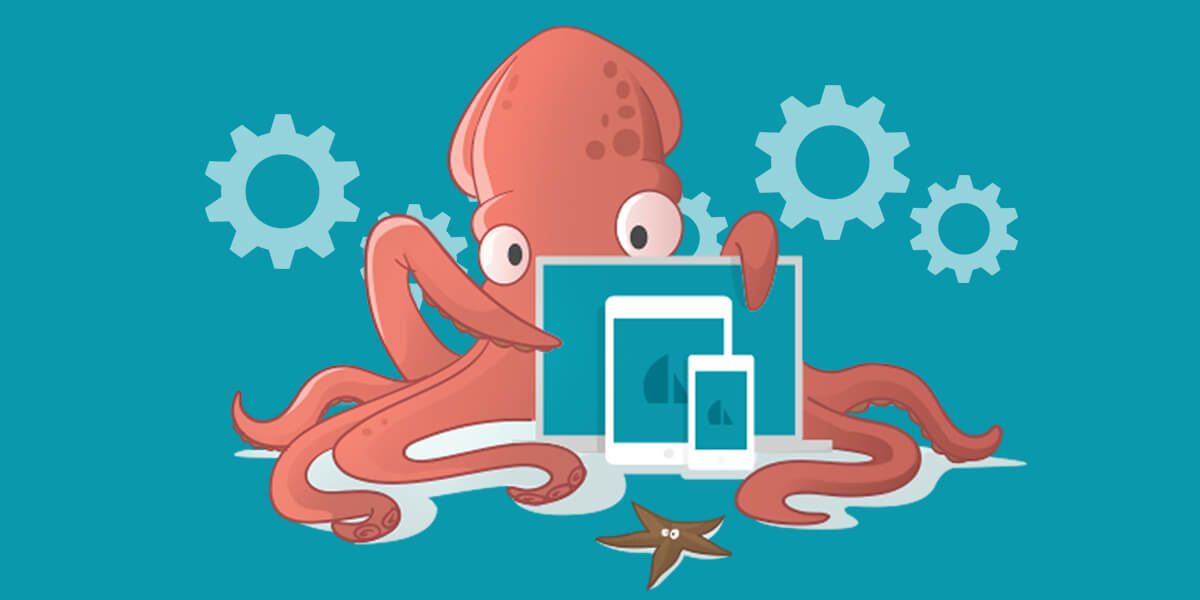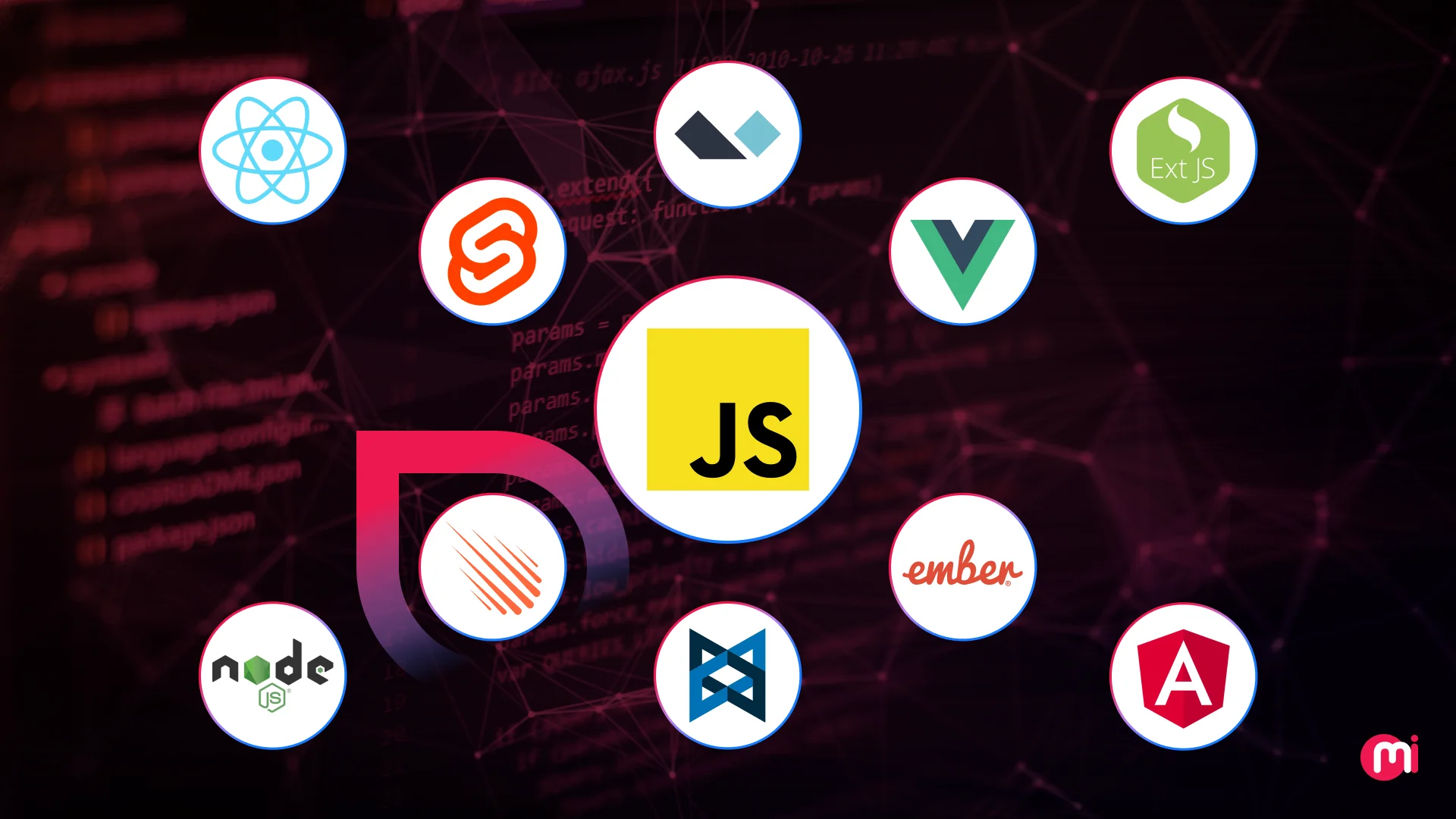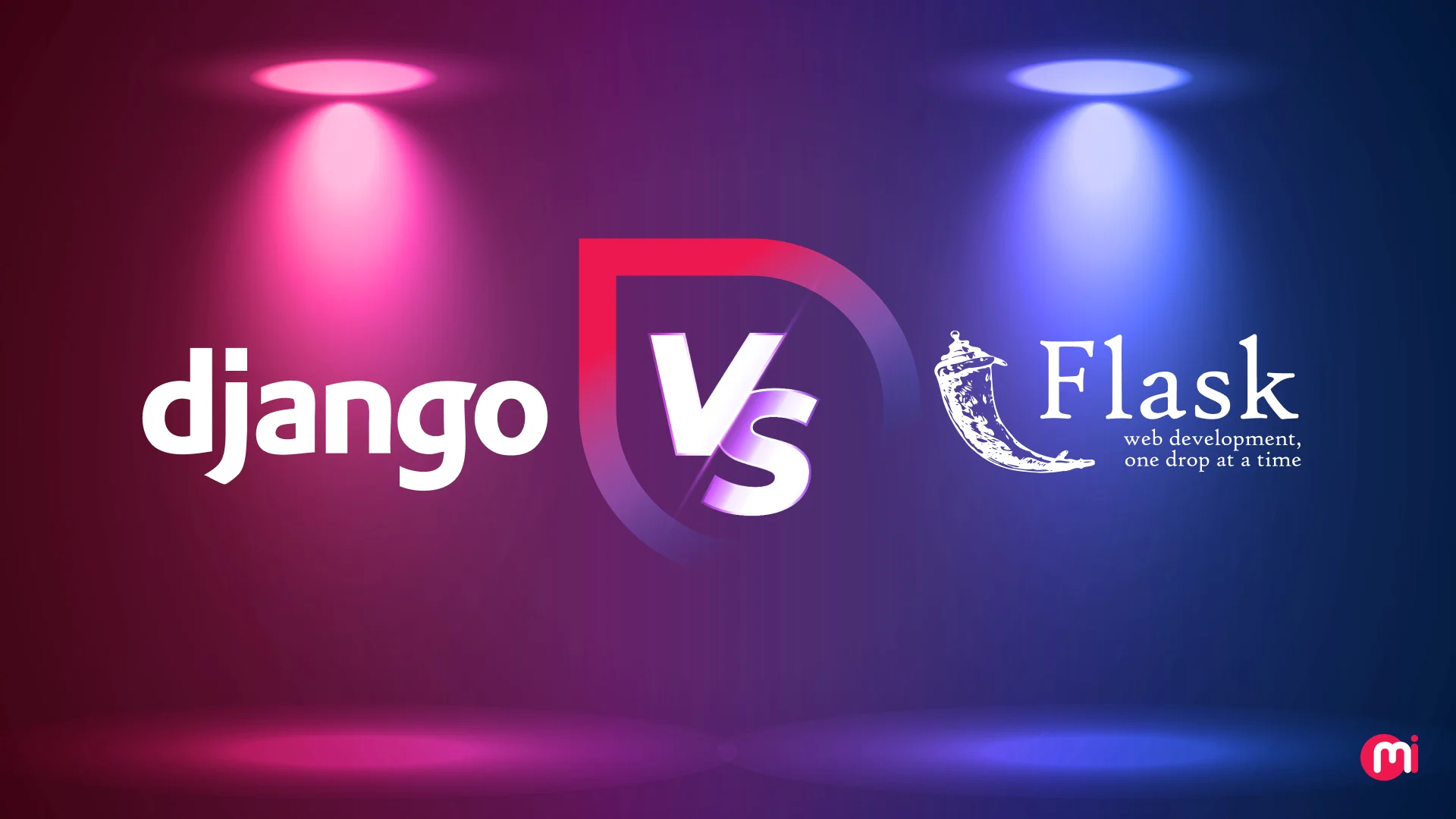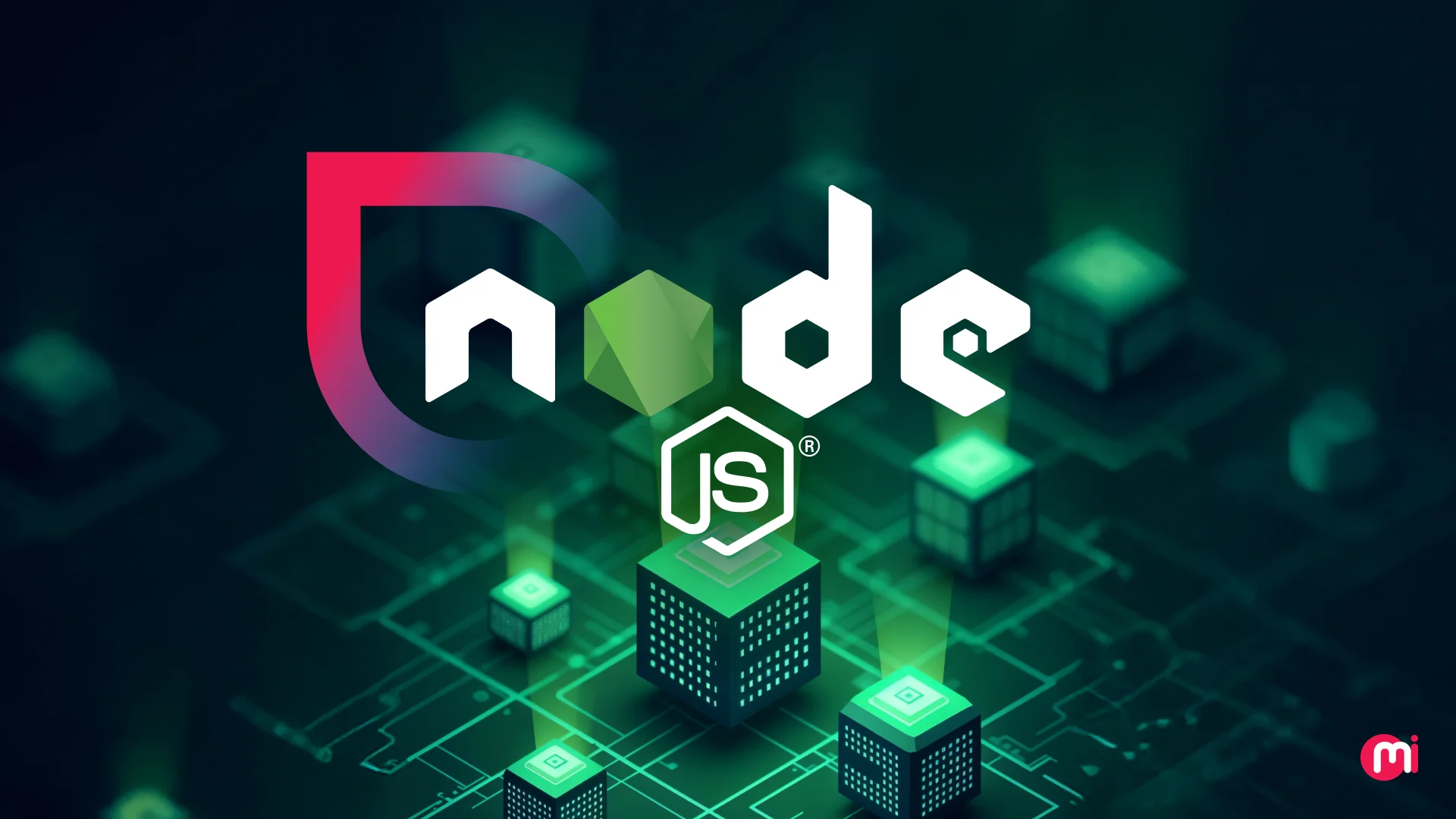Top Reasons Why Sails.js Is The Best Node.js Web Framework
- Web
- December 12, 2016
Productivity, scalability, and speed have all played a major role in the increasing the popularity of Node.js, as well as in its selection for enterprise development by many companies. It is easy to understand the rising popularity of Node.js. In fact, many developers are leveraging existing skill-sets for back end server coding.
With Node.js, you can writer JavaScript both on the server and on the client side. This means that you will be able to use similar patterns and the same libraries for front-end and for back-end development.
Within Node.js, there are a number of web frameworks that you need to know about. One of these is Sails.js. In this post, we are going to focus on why Sails.js is one of the best Node.js web frameworks. Read on to learn more:
Introducing Sails.js
Sails.js is a web framework that you can use to easily build customized enterprise-grade Node.js applications. It resembles the MVC architecture from such frameworks as Ruby on Rails, but with improved support for the more data-oriented modern style of developing web apps. It is also excellent for building real-time features like live chat. In the same way, Sails.js works well with Backbone and Angular.
It is also interesting to note that Sails.js is an MVC micro-framework that is great for the development of data heavy enterprise-grade applications. It is also built right of Express.js. As such, it is used for HTTP requests, and it produces magic inspired by Ruby on Rails.
The MVC pattern it boasts is based on Socket.IO and Express. As such, it is idea for the writing of data oriented applications. Additionally, Sails.js is compatible with many front-end frameworks. Where it differs and shines, however, is in its API structure. Here, it generates RESTful JSON models automatically and provides support for HTTP and websockets.
When talking about web frameworks, most people refer to back-end web. This evokes concepts like WebSockets, HTTP, and REST. It is also built on technologies like Node.js, Ruby, or Java. With a backend web framework, you should be able to handle thousands of users, serve HTML files, interact with databases, and build APIs. Sails.js is this kind of web framework.
What Sails.js Does?
- Using the Sails.js framework, you should be able to:
- Automatically generate REST APIs from your models
- Form MVC structures
- Support WebSockets in the real time
- Support multiple databases
- Have a plugin system
- Get policies to secure
- Perform frontend agnostic
Understanding How Sails.js Works
So, how does this web framework function? And does this functionality contribute to Sails being one of the best Node.js web frameworks? Consider the following:
1. File loading
With the Sails.js framework, you can put your files under the API before starting your server for the web framework to automatically load them. Sails will also load config automatically. This is great when you need to quickly develop a prototype.
2. Web server
Sails.js uses Express 3 as a web server. It has also been working to migrate to Express 5.
3. ORM
At first, you will get Sails with Waterline and change to another ORM down the line. However, for this to work, you will need to disable Waterline to be able to utilize another ORM.
4. Web Socket
Sails uses Socket.IO, which is embedded directly into it. To use another alternative, you will have to disable the Socket.IO first.
5. Automatic REST API
Sails.js refers to these as blueprints. However, you should still be able to configure them to disable or enable what you do not want to be generated automatically.
Understanding the Model View Controller
Sails.js has adopted the Model View Controller (MVC) design pattern at its core. If you are coming from Laravel or Ruby on Rails, therefore, you will discover that the structure for creating a Sails app is quite familiar.
The Model represents the data model, reflecting the database collect/table schema. View, on the other hand, refers to the HTML view when it is filled with data while the Controller provides a platform where you can input all your server side business logic. The control also ties the view to the data.
Real-Time Communication with Sails.js
The Socket.IO will establish a bidirectional event based communication between the server and the client. Sails.js, on the other hand, will integrate Socket.IO and wrap it up with a higher abstraction-level API to provide greater convenience. As such, Sails.js is particularly suited for the creation of multiplayer games and chat apps.
Concluding Thoughts
Overall, there are a number of Node.js frameworks out there. However, Sails.js shines from among the rest. It also stands out from the crowd, making it one of the best Node.js frameworks developers can use to build a project from the ground going up.













